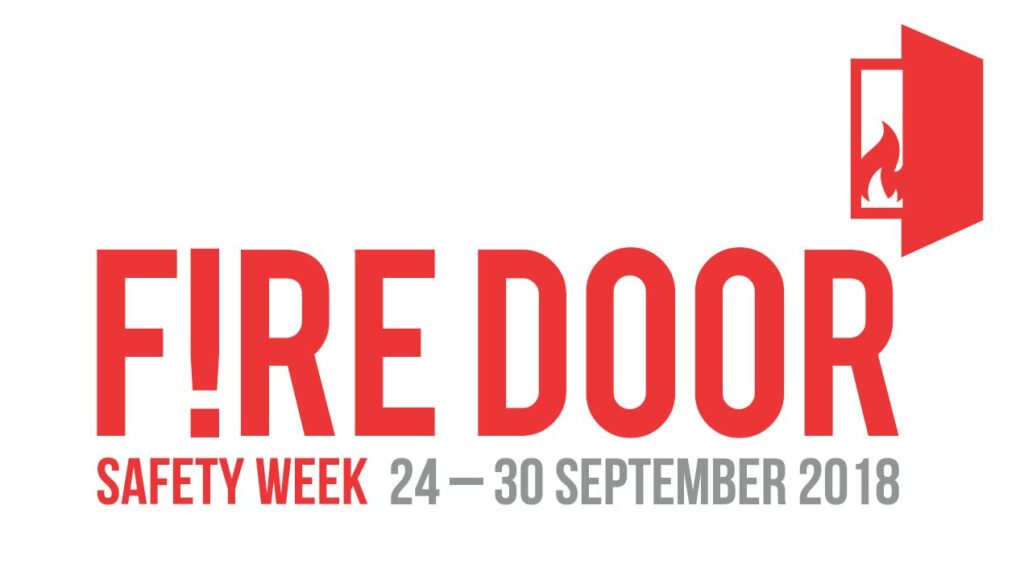
At this time of year, parents are seeing their teenage children off to university, where many of them will be starting the new academic year living in rented student accommodation.
And although a dodgy fire door is a sure sign of an unsafe building generally, two thirds of parents with children living away from home say that they would not know what to look for when it comes to fire safety.
In a survey of a thousand parents with children living away from home in a rented property, shared house or student accommodation, nearly half (46%) of respondents cited furniture blocking doorways and corridors as visual clues which would most likely make them think that a building had poor fire safety.
A further 38% said it would be old electrics or heating systems and 29% said they were most wary of buildings with no visible fire extinguishers. Damaged doors or internal doors wedged open were only mentioned by 23% and 22% respectively.
More than half of parents in the 2015 survey (54%) correctly identified what an ‘internal fire door’ looked like when shown a photograph, but 15% thought it was a ‘normal door’ and one in ten thought it was a security door.
This week, – 24-30 September – is Fire Door Safety Week and the organisers, the British Woodworking Federation (BWF),have highlighted five simple steps everyone can take to check the safety of fire doors in their building, to help ensure standards are maintained and that you/your child are safe.
Check for certification: Is there a label or plug on top (or occasionally on the side) of the door to show it is a certificated fire door? You can use your mobile phone camera or a mirror to check. If there is, that’s good news, otherwise report it to the landlord or whoever is in charge of your building.
Check the gaps: Check the gaps around the top and sides of the door are consistently less than 4mm when closed. You can use a £1 coin to give a feel for scale as this is about 3mm thick. The gap under the door can be slightly larger (up to 8mm is not uncommon), but it does depend on the door – as a rule of thumb, if you can see light under the door, the gap is likely to be too big. It’s good news if the door fits the frame and it’s not damaged. If not, report it. If the gaps are too big smoke and fire could get through the cracks.
Check the seals: Are there any intumescent seals around the door or frame, and are they intact with no sign of damage? These seals are usually vital to the fire door’s performance, expanding if in contact with heat to ensure fire cannot move through the cracks. Most fire doors also have a smoke seal around the perimeter as well as the intumescent seal. This brush or fin seal should fill the gap when the door is closed. If not, report it – the door may not be properly maintained and in the intensity of a fire may not protect you long enough.
Check the hinges: Are the hinges firmly fixed (three or more of them), with no missing or broken screws? If you see problems, report it – the door needs to be properly maintained.
Check the door closes properly: Is the door easy to operate and does it close fully? Open the door about halfway, let go and allow it to close by itself. Does it close firmly onto the latch without sticking on the floor or the frame? If not, report it. A fire door only works when it’s closed and is completely useless if it’s wedged open or can’t close fully.
To find out more about Fire Door Safety visit the Fire Door Safety Week website
*Source: Atomik Research, September 2015

